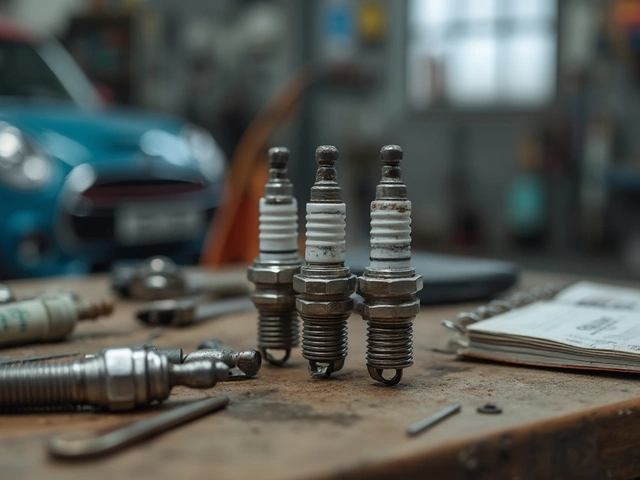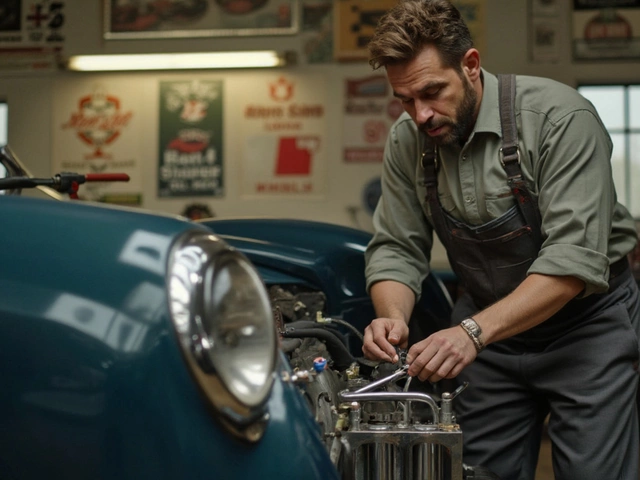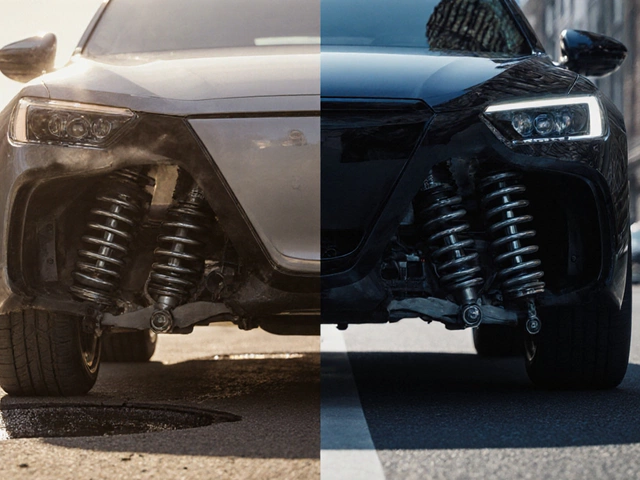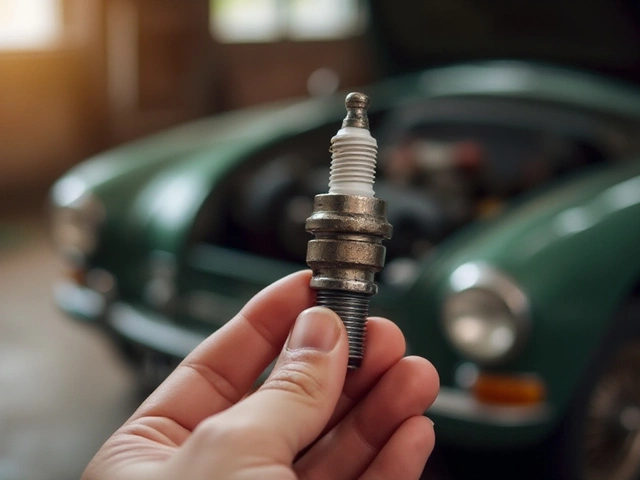You know those vents blowing cool air all summer long? They rely on one simple thing: a clean filter. If you’ve ever let months go by without changing it (don’t worry, you’re not alone), it’s not just dust collecting in there. The filter gets clogged up fast—especially if you’ve got a furry friend like Rufus living with you.
Here’s the part most folks overlook: when the filter’s packed tight with dust, hair, and whatever else floats around your house, your AC works overtime just to push air through. That means less cold air, higher energy bills, and the unit wearing out quicker. It’s like trying to breathe through a sock—your AC hates it just as much as you would.
- Why Your AC Needs a Clean Filter
- What Happens When You Ignore the Filter
- Strange Clues: Signs Your Filter Needs Changing
- Boosting AC Performance with Regular Filter Swaps
- Pro Tips for Hassle-Free Filter Maintenance
Why Your AC Needs a Clean Filter
Your air filter is the first line of defense against all the gunk floating through your house—dust, pollen, pet hair, and even those weird lint balls from socks. When the filter’s clean, your AC performance stays sharp. The system can keep pushing out cold air easily because nothing’s blocking the flow. The real job of the filter is to trap dirt before it reaches the AC’s internal parts. This keeps the coil and blower from getting coated in grime, which actually makes your AC last a lot longer.
Here’s something that hits home for pet owners: a single dog or cat can easily double the amount of dust and hair clogging the filter. If you’ve got kids tracking in dirt or live on a busy street, it gets even worse. This isn’t just about comfort—your home cooling costs go up if the system has to fight past a dirty filter every day.
It’s not just your wallet, either. The more clogged your filter, the worse your air quality gets inside. That mess of dirt in the filter doesn’t just sit there; after a while, it can get blown back out into your rooms. So if anyone’s got allergies or asthma in your family, a fresh filter actually helps them breathe easier.
Check out this breakdown showing what happens when you change your filter regularly versus letting it go way too long:
| Filter Status | Cooling Power | Energy Use | Indoor Air Quality |
|---|---|---|---|
| Clean (changed every 1-3 months) | Maximized | Normal | Good |
| Dirty (ignored for 6+ months) | Weak | Higher bills | Poor |
In short, keeping that filter swapped out on a regular schedule is one of the easiest ways to get the most from your system and avoid surprise repair bills. It’s the kind of quick fix that pays off every time you turn on the AC.
What Happens When You Ignore the Filter
Skipping regular filter changes turns your AC performance into a guessing game. First thing you’ll notice? The air just doesn’t feel as cool, even though the system is running. The AC’s basically suffocating, trying to push air through a blanket of dust and pet hair.
When airflow drops, rooms take longer to cool down. Your home feels stuffy no matter how low you set the thermostat. Plus, energy bills climb higher. The U.S. Department of Energy says swapping a clogged filter for a clean one can cut your AC's energy use by 5-15%. That’s real cash back in your wallet, just from spending a couple bucks on a new air filter.
But here’s what most people miss—when the filter’s clogged, the AC’s insides collect dust too. That can lead to frozen coils and water leaks, sometimes bad enough to soak your floors or ruin the ceiling. If you constantly ignore the filter, the extra stress can burn out the blower motor and shorten the whole unit’s life. That means a repair bill, or worse, shelling out big money for a new system.
If you’re sensitive to allergies or have pets, not changing the filter tanks your home air quality. All the stuff the filter would catch—pollen, pet dander, mold spores—just gets recirculated around your space. Suddenly, sneezing and sniffling become your new house soundtrack.
- Poor cooling or “hot spots” in rooms
- Higher monthly energy costs
- Increased AC repair risks
- Worse indoor air quality
- Potential water leaks from frozen coils
It’s wild how much trouble one dusty filter can cause. Change it, and your whole HVAC maintenance plan gets easier—and cheaper.
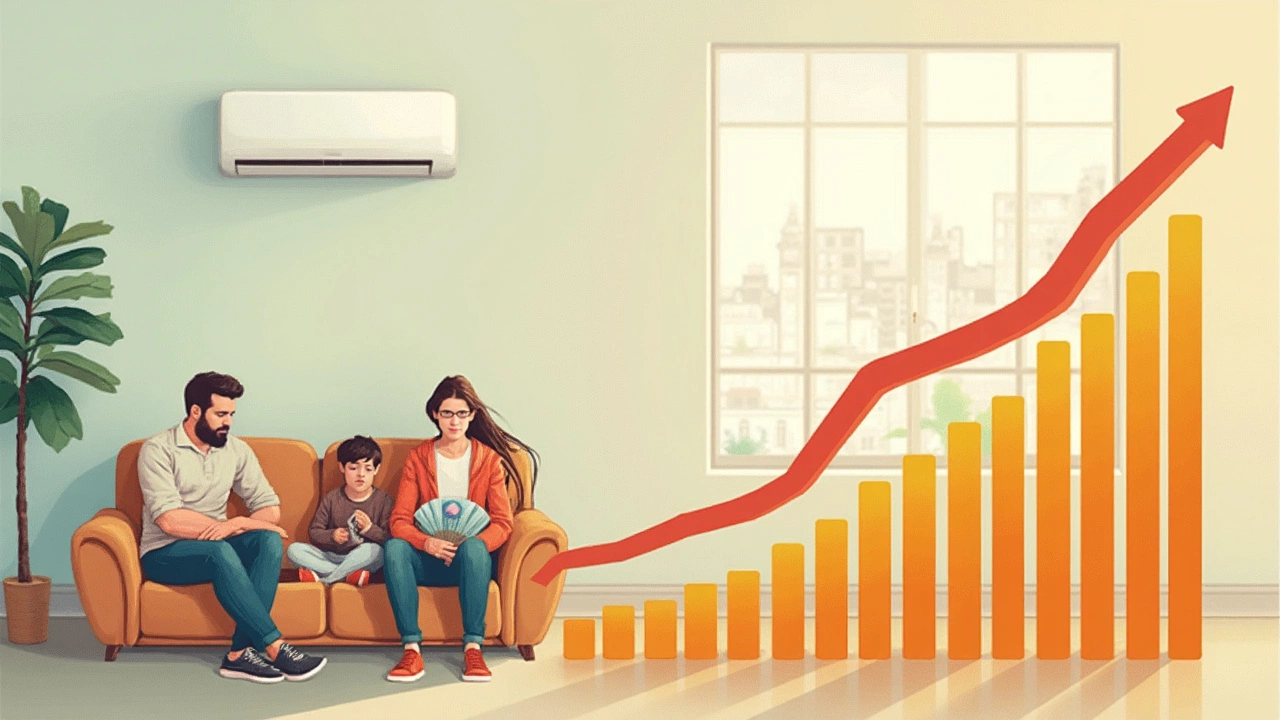
Strange Clues: Signs Your Filter Needs Changing
Your air filter doesn’t wave a flag when it’s toast, but it leaves some clear signs behind. The first thing you might notice? Your place just isn’t as cool as it used to be, even though your AC is running nonstop. If you have to double-check your thermostat because the chill feels weak, that’s clue number one.
Take a look at your energy bill. Seen a spike? A clogged filter makes your HVAC system work way harder, so your wallet takes the hit. Dirty filters mess with air flow, so your AC grinds longer just to keep up.
- Dust keeps piling up faster than normal on your surfaces, even right after you’ve cleaned. A filter packed with gunk just can’t trap particles like it should.
- The usual hum of your system turns louder or rattly. Sometimes a stressed unit lets you know by making more noise as it pushes through the clog.
- If you or anyone at home starts sneezing or dealing with more allergies, it might be your filter letting more junk circulate indoors.
If you’ve got a pet like my dog Rufus, you’ll notice the filter gets dirtier quicker. Pet hair and dander clog up the works in no time. Homes with pets or lots of foot traffic often need filter changes every two months, sometimes even more often.
| Sign | What It Means |
|---|---|
| Warm air blowing | Filter is limiting cool airflow |
| Strange AC noises | System strained by blockage |
| More dust at home | Filter can't trap particles |
| High power bill | AC forced to run longer |
Don’t trust your calendar—look at your filter. If it looks gray, dingy, or you can’t see through it, it’s overdue for a swap. Set a reminder on your phone, because ignoring these signs only turns a cheap fix into an expensive headache.
Boosting AC Performance with Regular Filter Swaps
Swapping out your air filter on time is the easiest way to give your AC performance a serious upgrade. When the filter’s fresh, air flows without getting blocked, and your home stays cool without your AC grinding away. Dirty filters don’t just slow down airflow—they make the system work harder, burn more energy, and put wear and tear on expensive parts.
Here’s a number that should make you care: according to the U.S. Department of Energy, replacing a clogged filter can lower your air conditioner’s energy use by 5% to 15%. That’s real money back in your pocket every month. Less stress on the system also means fewer calls to the repair guy. Easier breathing and easier living, right?
"When an air filter is dirty, the HVAC system has to work twice as hard to move air. That means higher bills and a shorter lifespan for your equipment. Changing your filter is the best quick fix for comfort and healthy air." — American Society of Heating, Refrigerating and Air-Conditioning Engineers (ASHRAE)
Want your home cooling to be top-notch? Stick to a simple filter change schedule. If you’ve got pets like Rufus or live in a dusty area, check monthly. Most regular households are safe swapping theirs out every 2 to 3 months. If you notice more dust, allergies acting up, or weaker airflow, don’t wait—make the switch sooner. Here’s a quick filter swap checklist to keep things smooth:
- Check the filter every month during heavy AC use.
- Hold it up to the light—if it looks gray and blocks light, it’s time for a new one.
- Turn off the AC before swapping to keep dust from blowing everywhere.
- Write the date right on the filter so you don’t forget when it next needs replacing.
- Use the right size and type for your system—don’t try to squeeze in a filter that’s “close enough.”
Regular HVAC maintenance doesn’t have to mean long afternoons or expensive service visits. Just keeping up with this one job keeps your air quality better, your bills lower, and your summer nights a whole lot more comfortable.
| Filter Type | Months Between Changes | Best For |
|---|---|---|
| Fiberglass | 1 | Budget, low-traffic homes |
| Pleated | 2-3 | Homes with pets/kids |
| HEPA | 6-12 | Allergy/asthma concerns |
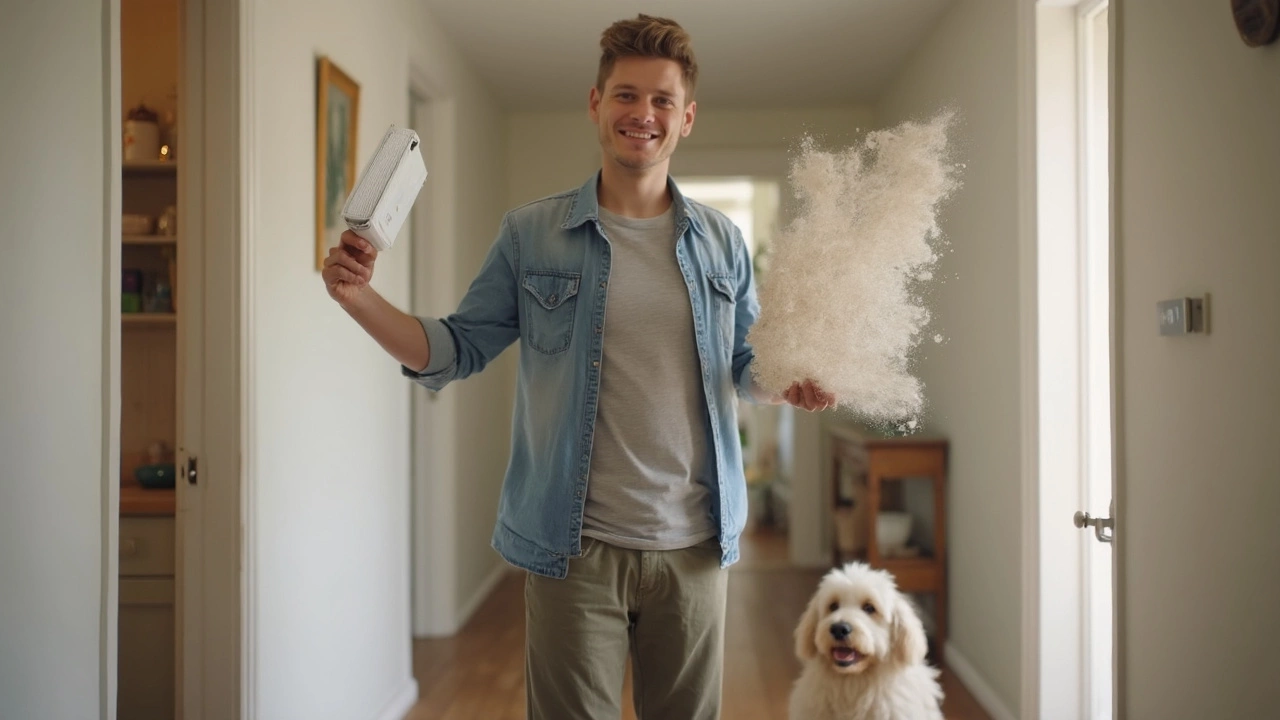
Pro Tips for Hassle-Free Filter Maintenance
Changing your air filter shouldn’t feel like a mystery or a chore. If you get the system down, it’s just another five-minute fix that keeps your AC performance sharp and your home comfortable.
- Set a recurring reminder: The reality? Most people just forget. Whether you use your phone or stick a note on the fridge, pick a date every 30 days (or every 60–90 days if you’ve got a high-efficiency filter and no pets) and commit. If you have a shedder like Rufus, go with the shorter cycle.
- Always get the right size: Grab a tape measure the first time, and jot down the exact filter size your HVAC needs. Buying the wrong one just leads to a dusty mess and awkward fitting. Most filters have the size printed right on the frame.
- Stock up: Save yourself the future hassle. Buy a three- or six-pack and stash them somewhere easy to reach. You don’t want to realize you’re out when the old one’s already covered in who-knows-what.
- Check before you change: Hold your old filter up to the light. If you can’t see much light coming through, it’s definitely overdue.
- Know the options: Not all filters are created equal. For most homes, a simple pleated filter does the trick. If you’ve got allergy issues or want cleaner air quality, go with a HEPA or higher-rated MERV filter. But be careful—super-dense filters can stress your system if your unit’s not built for it.
Just to put it in perspective, the Department of Energy has found that replacing a dirty filter can lower your AC’s energy use by 5% to 15%. No, that’s not pocket change as bills add up in the summer.
| Type of Filter | Average Change Frequency |
|---|---|
| Basic fiberglass | Every 30 days |
| Pleated (standard) | Every 60–90 days |
| High-efficiency (HEPA) | Every 6–12 months |
One last tip: always turn the AC off before you swap a filter. It’s safer for you and your system. And if your filter’s looking grungy way before the usual swap time, that could mean there’s more dust or pet hair in your place than you think—worth a look around with a vacuum. Taking care of your filters doesn’t just help your home cooling. It saves money, makes breathing easier, and keeps your system from calling it quits early.



